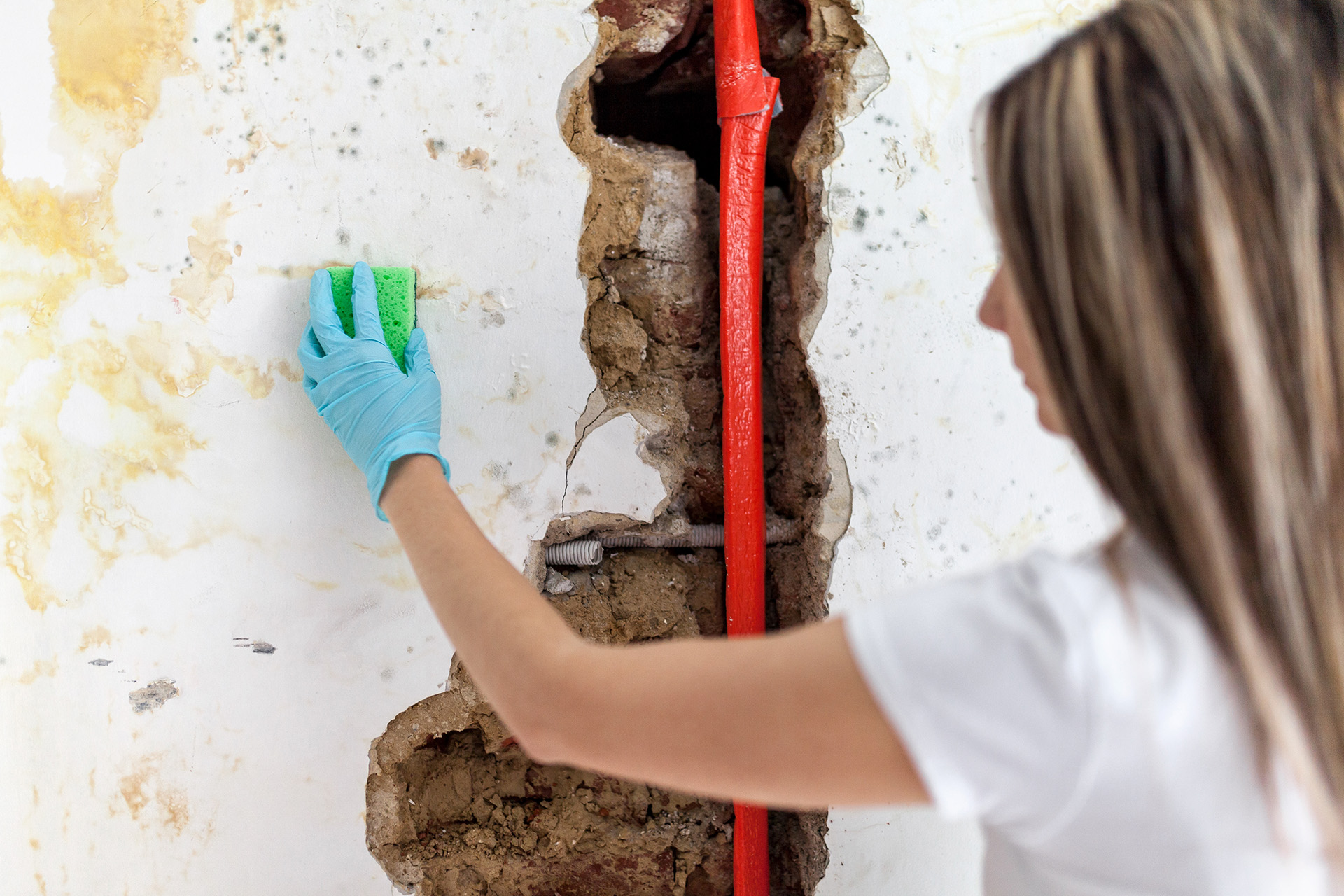
Keeping Water Losses at Bay
By Sabine Voigt, Loss Control Consultant
Water losses can happen to anyone and when they do, they aren’t cheap. However, with water leak detection technology, your clients can prevent or mitigate water damage.
According to AAIS, average water damage claims account for an average of 18% of reported homeowners claims per year. Increased awareness has led to some improvement over the last couple of years.
Of the large losses that were reported to WRC, water losses accounted for $5,483,062 in total claim estimates from 2010 to present. The number of large loss claims in any given year ranged from three to 11 and the average claim estimate was $79,465. One-third of the losses involve tenant-occupied or unoccupied properties. One reason for an increase in claims in unoccupied properties is pipes that freeze from a lack of heat or maintenance.
Water leaks have numerous causes. Some of the more common ones include broken seals, clogged lines, loose connections, damaged joints, corrosion and excess water pressure. Cold winters pose problems in seasonal and unoccupied properties when pipes are not properly insulated, pipes are not drained, and when heat is not adequately maintained.
Many water losses can either be prevented or mitigated. Losses that otherwise may have been minor, with the repair cost around the policy deductible, can become extensive if left unchecked.
Questions to consider:
- How many water damage claims does your mutual receive each year?
- How many seasonal, rental and vacant-type risks does your mutual insure?
- What has been your water damage loss severity?
- In hindsight, to what extent could the severity have been reduced?
Risk questions to ask:
- How old is the home?
- What updates have been made?
- If non-owner occupied, seasonal, or vacant, who checks the property and how often?
Water leak sensor technologies offer a viable solution to mitigation, but their use is not commonplace. They are offered at various price points and levels of protection. The simplest may sound an alarm to alert occupants of a leak. These are inexpensive, easy to place and offer some protection. They cost as little as $10 per detector. Typically, they are placed:
- Next to toilet
- Near sinks
- Under refrigerator, dishwasher and washing machine
Sensors with a shut-off system provide additional protection, especially in seasonal and unoccupied residences. When the sensor detects a leak or drastic change in temperature or humidity levels, a property owner is notified through an app. With automatic shut-off, extensive water damage may be prevented. The cost for these systems starts at $500.
From a loss prevention standpoint, a system that offers the highest level of protection is ideal. However, for property owners, cost is an important consideration.
A good approach for property owners may be to start small and become familiar with the technology before investing in a more comprehensive system. Incurred water damage claim frequency and severity could decrease over time while the retention rate could be positively impacted through a long-term decline in water-related losses.
